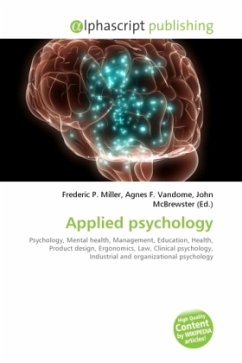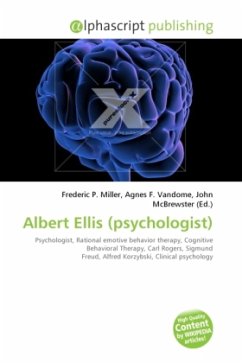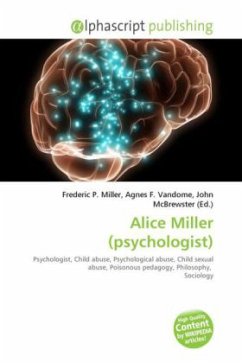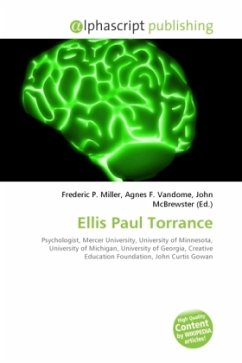Distributed cognition is a psychological theory developed in the mid 1980s by Edwin Hutchins. Using insights from sociology, cognitive science, and the psychology of Vygotsky (cf activity theory) it emphasizes the social aspects of cognition. It is a framework (not a method) that involves the co-ordination between individuals, artifacts and the environment. It has several key components: 1. Embodiment of information that is embedded in representations of interaction, 2. Coordination of enaction among embodied agents, 3. Ecological contributions to a cognitive ecosystem. In a sense, it expresses cognition as the process of information that occurs from interaction with symbols in the world. It considers and labels all phenomena responsible for this processing as ecological elements of a cognitive ecosystem. The ecosystem is the environment in which ecological elements assemble and interact in respect to a specific cognitive process. Cognition is then shaped by the transduction of information across extended and embodied modalities, the representations formed as result of their interactions and the attentive distribution of those representations toward a cognitive goal.
Bitte wählen Sie Ihr Anliegen aus.
Rechnungen
Retourenschein anfordern
Bestellstatus
Storno








